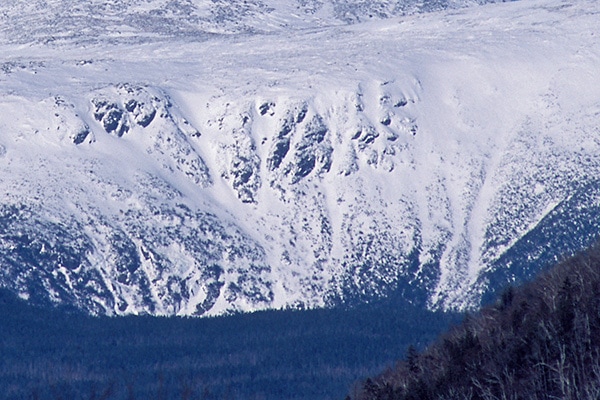
Cost
$550
The level one is a 3 day (24 hour total) introduction to avalanche hazard management. The course is expected to:
- Provide a basic understanding of avalanches
- Describe a framework for decision making and risk management in avalanche terrain
- Focus on identifying the right questions, rather than on providing “answers.”
- Give lessons and exercises that are practically oriented, useful, and applicable in the field.
- Learn how to use Mammut’s beacon system
Students can expect to develop a good grounding in how to prepare for and carry out a trip, to understand basic decision making while in the field, and to learn rescue techniques required to find and dig up a buried person (if an avalanche occurs and someone in the party is caught).
A final debrief includes a knowledge quiz to test student comprehension and to give feedback to instructors on instructional tools. Students are encouraged and counseled on how to apply the skills learned and told that no course can fully guarantee safety, either during or after course completion. A link is made to a future AIARE Level 2 course.
Student learning outcomes.
At the end of the Level One course the student should be able to:
- Plan and prepare for travel in avalanche terrain.
- Recognize avalanche terrain.
- Describe a basic framework for making decisions in avalanche terrain.
- Learn and apply effective companion rescue.
Instructional sessions (24 hours including both class and field instruction) :
1. Introduction to the Avalanche Phenomena
- Types and characteristics of avalanches
- Avalanche motion
- Size classification
- The mountain snowpack: an introduction to metamorphism and layering
2. Observations and Information Gathering
- Field observation techniques
- Bonding tests: rutschblock, compression test,
- Avalanche danger factors; “Red Flags”.
- Observation checklist
- Avalanche danger scale
- Trip Planning and Preparation
- Avalanche terrain recognition, assessment, and selection
- Route finding and travel techniques
- Decision making and Human Factors
- Companion Rescue and Equipment
Student Prerequisites :
Students must be prepared to be outdoors in full winter conditions. You may bring Snowshoes, Telemark Skiis or Alpine Touring Skis. conditions will determine if we use them. Snowshoes and hiking poles are available for rent as well as some clothing.
Be sure to read our Gear List for our winter programs.
Special Notes
Course is a minimum of 3 participants, maximum of 6 per course.
Instructor(s)
John Kascenska
Days Offered
Friday - February 2 | Saturday - February 3 | Sunday - February 4
Explore More Clinics
Other Clincs in this Discipline
Sorry, we couldn't find any posts. Please try a different search.
Inquire About This Clinic
